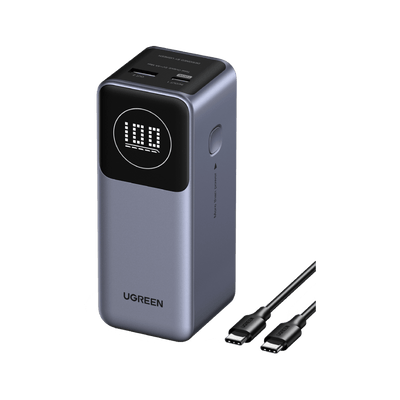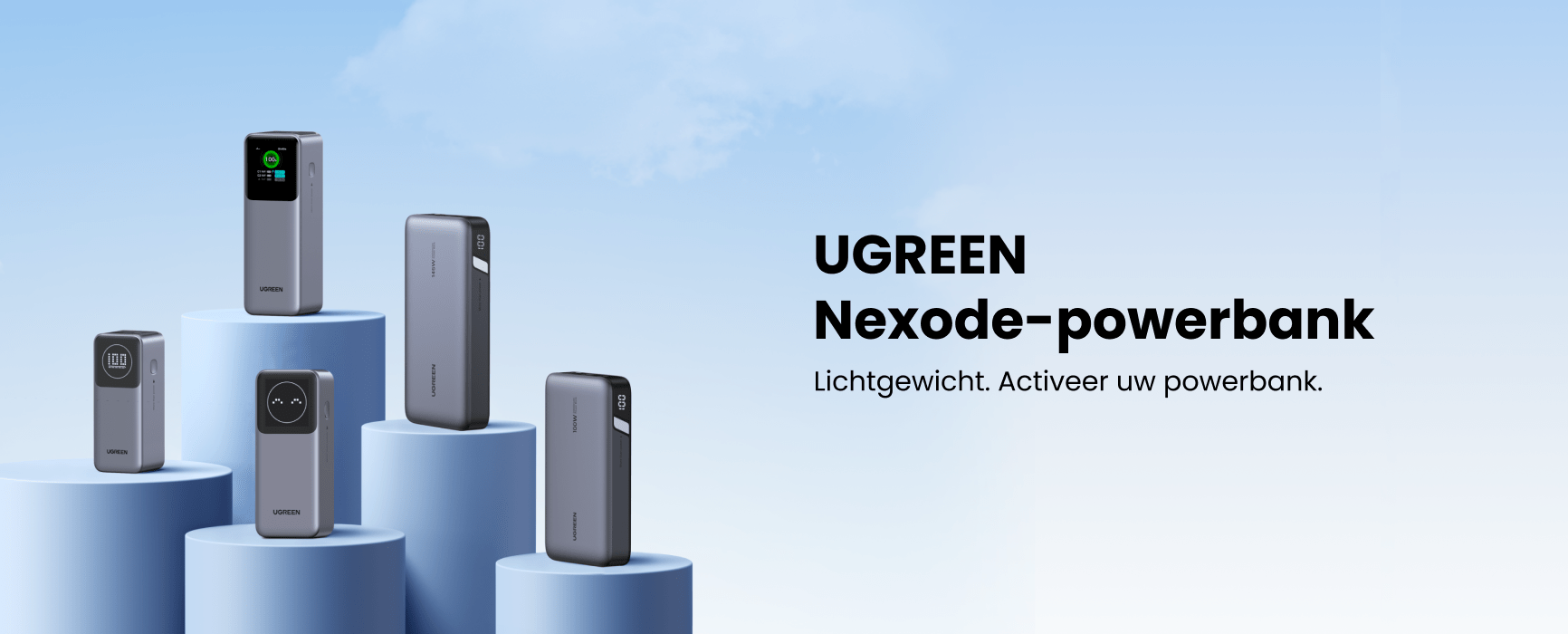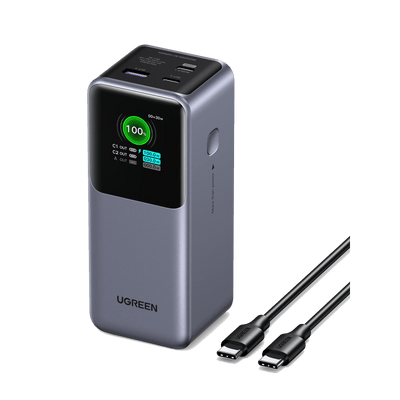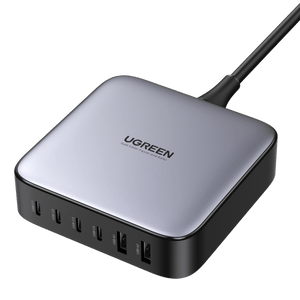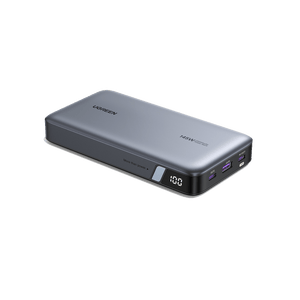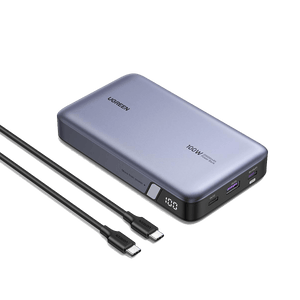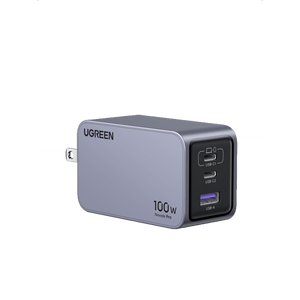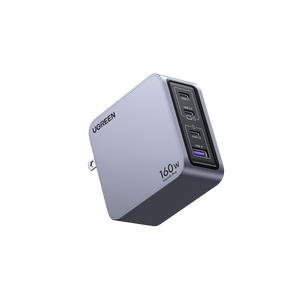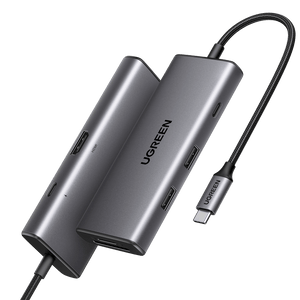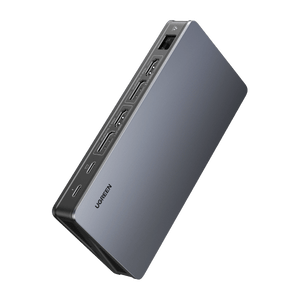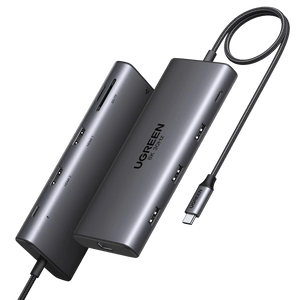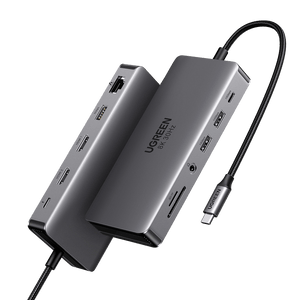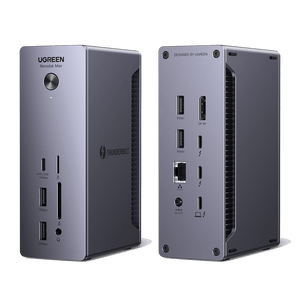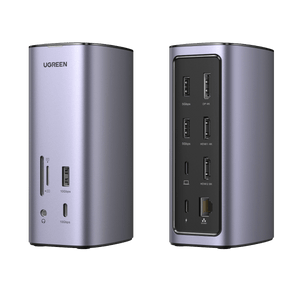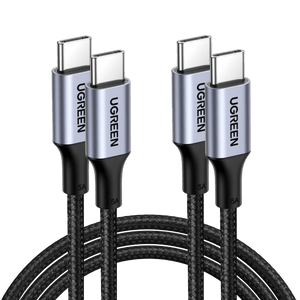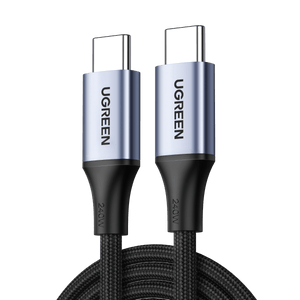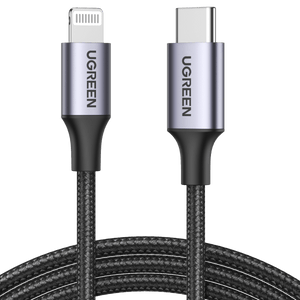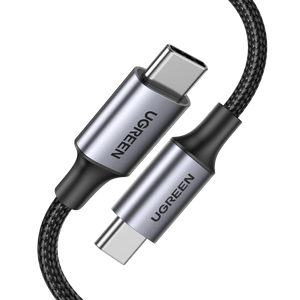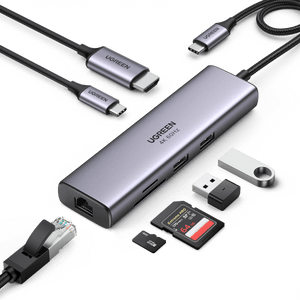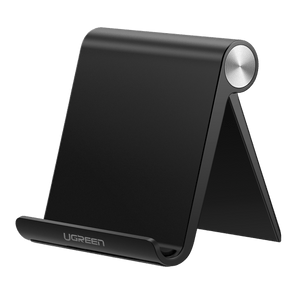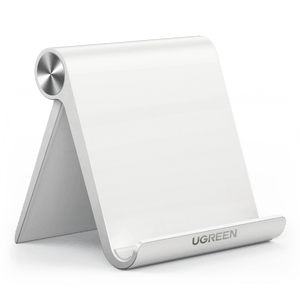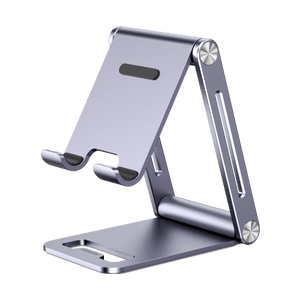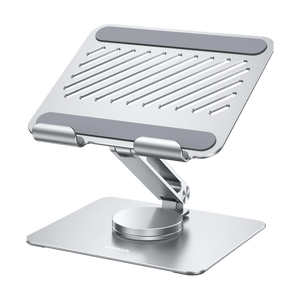Can You Use Power Banks on Planes?
We previously explored whether or not you can take a rechargeable battery on an airplane, and today we contemplate a new question - can you actually use a power bank during a flight? This article will delve into the specifics of in-flight power bank charging.
Recap of Power Bank Regulations
Let’s quickly review a few of the relevant rules. Airlines and the International Air Transport Association (IATA) allow power banks up to 100Wh or 27,000mAh in carry-on luggage only. Generally, power banks can’t packed in checked baggage.
Most consumer power banks fall within these limits. For example, many popular models like those in the UGREEN Nexode Power Bank 20000mAh 130W are specifically designed to meet these requirements. When traveling, you’ll need to ensure your power bank’s capacity is clearly marked on the device.
{{UGPRODUCT}}
Airline-Specific Considerations
While the 100Wh limit is standard across airlines, individual carriers may have additional requirements or restrictions. Always check your specific airline’s policies before flying, as requirements can vary, particularly for international flights.
Airline Policies on Power Bank Charging
While most airlines permit charging power banks during flight, specific policies can vary significantly between carriers. Generally, you can charge your power bank using the aircraft’s power outlets, but you must follow certain safety protocols and crew instructions.
Common Airline Requirements:
- Power banks must be turned off during takeoff and landing
- Charging must stop if the device shows any signs of overheating
- Usage must comply with crew instructions at all times
Different airlines handle power bank charging differently. For example:
- American Airlines: American Airlines generally permits the use of power banks and their charging, but it is advisable to check with the flight attendants before doing so. They have in-seat power outlets and USB ports on many of their aircraft, which can be used for charging.
- Delta Air Lines: Delta allows the use of power banks for charging personal devices, but there may be restrictions during takeoff and landing. It’s recommended to follow the instructions of the flight crew
- International Flights: For international flights, the rules can be even more varied. For example, some international carriers may have stricter guidelines or require pre-approval for charging certain types of power banks. Always check with your airline before your flight to ensure compliance.
Best Practices for In-Flight Power Bank Charging
To ensure a safe and hassle-free experience when charging your power bank on a plane, here are some best practices to follow:
Monitoring Device Temperature
Charging electronic devices, especially those with lithium-ion batteries like power banks, can sometimes cause them to heat up. It’s crucial to monitor the temperature of your power bank during charging. If it becomes excessively hot, stop the charging process immediately and inform the flight attendants. Overheating can pose a fire risk, and airlines take such situations very seriously.
Using Appropriate Cables and Adapters
Always use the original or high-quality charging cables and adapters provided with your power bank or recommended by the manufacturer. Cheap or counterfeit cables can lead to overheating, short circuits, or other safety issues. Ensure that the cables are not damaged and are compatible with the power outlets or USB ports available on the plane.
Being Considerate of Other Passengers and Crew Instructions
When charging your power bank, make sure to be curteous.
- Ask flight attendants before charging your power bank
- Keep charging devices visible and easily accessible
- Disconnect during takeoff and landing
- Be prepared to stop charging if requested by crew members
- Consider your fellow passengers’ space when setting up charging equipment
Alternative Power Sources on Planes
Modern aircraft offer various power options for charging your devices, though availability varies significantly by airline and aircraft type. Most newer planes feature either USB ports, AC power outlets, or both, providing alternatives to using your power bank.
Availability of In-Seat Power Outlets and USB Ports
Many modern aircraft are equipped with in-seat power outlets and USB ports. For example:
- United Airlines’ CRJ550 offers USB power ports at every seat, making it convenient for passengers to charge their devices.
- Southwest Airlines has also introduced seat-back USB charging ports on their 737 MAX aircraft, enhancing the passenger experience.
- Some airlines, like ANA, provide two types of USB ports: 1.5A and 0.5A, catering to different device power requirements.
Locations of Power Outlets and USB Ports
Power outlets and USB ports are often found in various locations within the aircraft. Common places include between the seats, where multiple passengers may share a limited number of ports. Some aircraft have power outlets and USB ports integrated into the seatbacks or armrests, providing easy access for each passenger.
Safety Precautions
Charging lithium-ion batteries, including power banks, during flights comes with several potential risks that travelers need to be aware of. Here’s what you should know to ensure a safe journey:
- Cabin Pressure and Temperature: Changes in cabin pressure, especially during takeoff and landing, can make lithium-ion batteries unstable, increasing the risk of overheating and fire. Additionally, the limited ventilation in the aircraft cabin can exacerbate heat buildup, leading to thermal runaway.
- Physical Damage: Power banks can be damaged if accidentally crushed or dropped, which can cause short circuits and fires. In the confined space of an airplane, such incidents can be particularly hazardous.
- Overheating: Power banks generate heat when in use, and in the pressurized cabin environment, this heat can accumulate and increase the risk of a fire. This is a significant concern, as lithium battery fires on U.S. flights have risen substantially in recent years.
What to Do If a Power Bank Overheats During Charging
- Immediate Action: If you notice your power bank overheating, smoking, or emitting a burning smell, stop charging it immediately. Inform the flight attendants right away so they can take appropriate action.
- Follow Crew Instructions: The cabin crew is trained to handle such situations. Follow their instructions carefully, as they may need to isolate the device or use fire extinguishers if necessary.
- Preventive Measures: To avoid overheating, ensure your power bank is not covered while charging, use the original charging cable or certified alternatives, and avoid charging damaged or recalled batteries
Tips for Efficient Power Management While Traveling
Effective power management is crucial when traveling, especially given the limited power sources available on flights. Here are some strategies to help you maximize your power bank’s efficiency and reduce the need for in-flight charging:
- Pre-Flight Preparation: Charge your power bank to its full capacity before you leave for the airport. This ensures you have the maximum amount of power available for your devices during the flight.
- Avoid Last-Minute Charging: Try to avoid charging your power bank at the airport, as this can be inconvenient and may not provide enough time for a full charge.
- Prioritize Charging: Identify which devices are most critical and prioritize charging them first. For example, if you need your phone for important calls or messages, charge it before other devices.
- Limit Device Usage: Be mindful of how often you use your devices during the flight. Reading, listening to music, or watching pre-downloaded content can be more power-efficient than streaming.
Conclusion
Using power banks on planes requires careful attention to safety regulations and airline policies. While it’s generally permitted to bring and charge power banks during flights, following proper protocols is essential for a safe journey.
FAQs
To help you prepare for your next flight, here are some frequently asked questions about charging power banks on planes, along with their answers:
Can I Charge My Power Bank from the Plane’s USB Port?
You can charge your power bank from the plane’s USB port, but it’s important to check a few things first. Ensure the USB port is functioning properly and use a high-quality USB cable to avoid any potential issues. Be aware that some USB ports may not provide enough power to charge your power bank quickly, especially if it’s a high-capacity model. Always follow the instructions of the flight attendants and be prepared to stop charging if requested. Click to learn more: Types of USB Cables.
What If a Flight Attendant Asks Me to Stop Charging My Power Bank?
If a flight attendant asks you to stop charging your power bank, it is crucial to comply immediately. Disconnect your power bank from the power source right away and explain that you were following the airline’s policies, but be respectful and cooperative. If there are any concerns or issues, the flight attendant will inform you. Follow their instructions precisely to ensure safety.
Are There Power Banks That Are Prohibited from In-Flight Charging?
Yes, there are certain power banks that may be prohibited or restricted for in-flight charging. Power banks exceeding the 100Wh capacity limit (or 160Wh with special approval) are generally not allowed. Damaged or recalled power banks should never be used or charged on a plane. Some airlines may have specific restrictions on certain types of power banks, so it’s always best to check with your airline before your flight.
